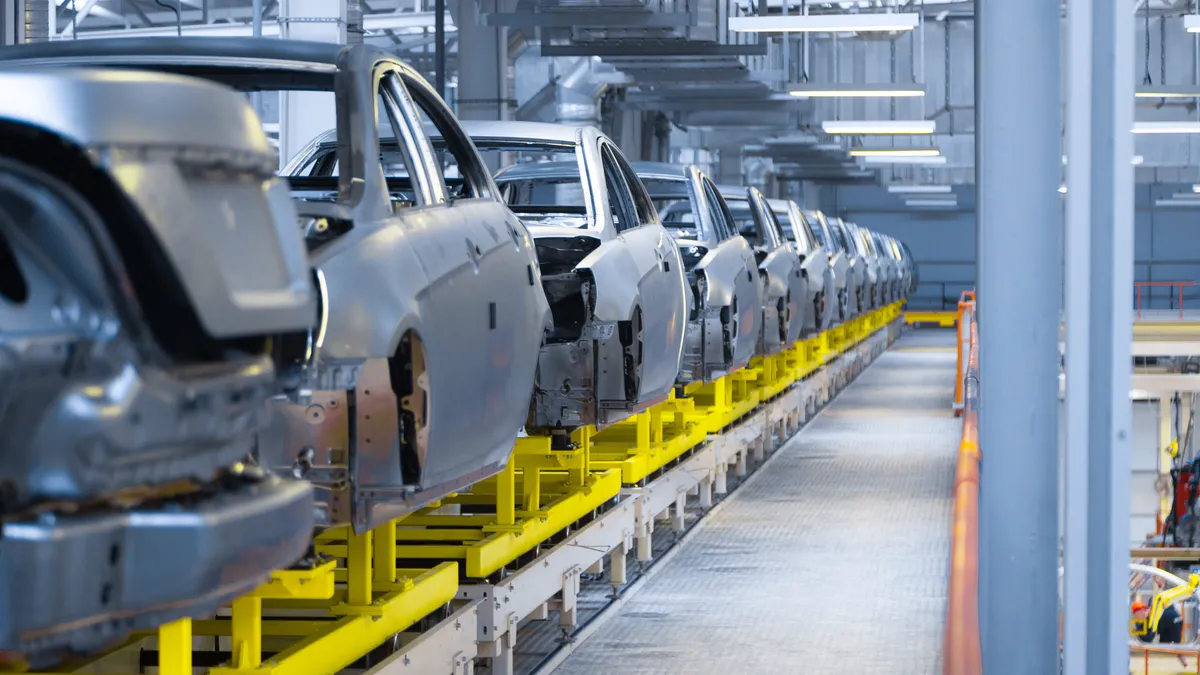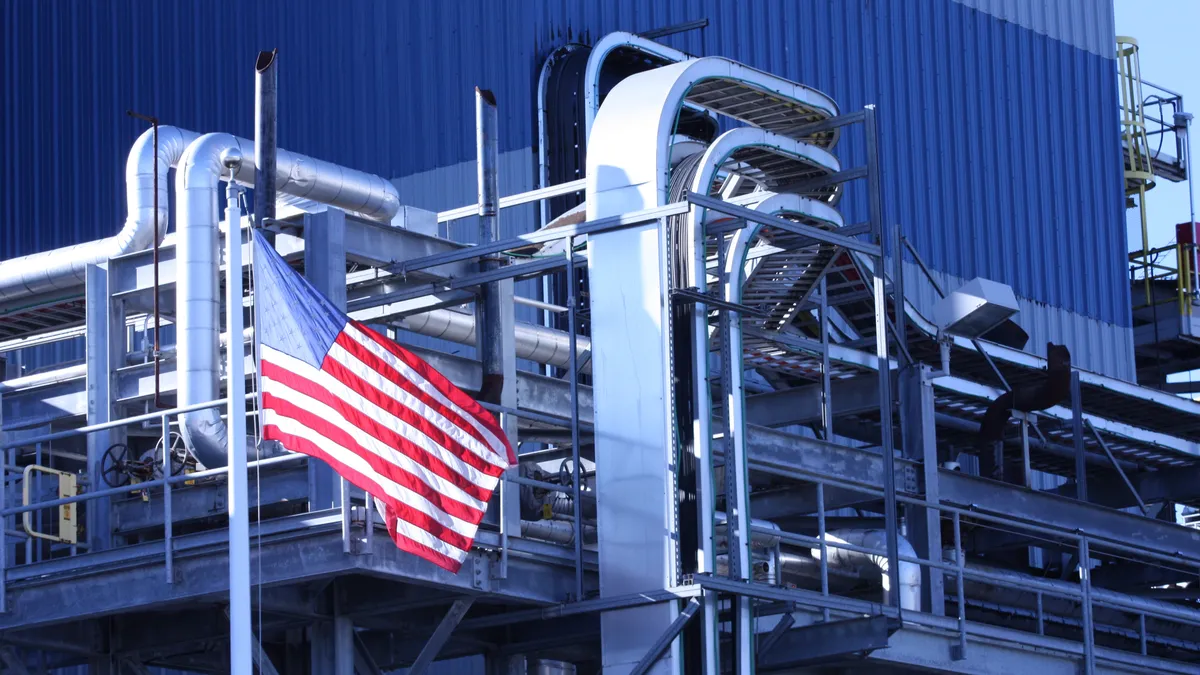Sarmad Khemmoro is the SVP of electronics design and simulation at Altair. Opinions are the author’s own.
Technical cleanliness may not be high on many automotive organizations’ list of priorities right now, but it should be.
Today’s vehicles feature more electronics than ever. With the rise of electric vehicles, autonomous driving and ever more complex electrical systems, having reliable, high-quality electronic components and systems is paramount.
After all, the automotive industry is a highly competitive, high-stakes world. Mistakes and poor quality can cost millions of dollars and irreparably damage a brand’s reputation.
We are already seeing evident shortcomings in today’s market. A recent study from J.D. Power of more than 93,000 purchasers and lessees confirmed many consumers’ grumblings: today’s new vehicle quality is not what it once was — and it continues to decline.
According to the study, “the rise in [2023’s] problems is 12 [problems per 100 vehicles] greater than in 2022, which follows an increase of 18 PP100 in 2022 from 2021. A lower score reflects higher vehicle quality.” Moreover, as J.D. Power’s Frank Hanley stated, “Today’s new vehicles are more complex — offering new and exciting technology — but [are] not always satisfying owners.”
As EV adoption continues to accelerate around the world, automakers face a lot of new challenges. Luckily, faulty electronic systems caused by a lack of technical cleanliness is an avoidable problem.

A definition and overview of technical cleanliness
Technical cleanliness refers to how clean electronic components or systems are of foreign particles that can affect normal operations, such as dust, granules and humidity. The term owes its origins to the optics industry, where it referred to the purity of lenses, beams and other apparatuses.
In the automotive industry, technical cleanliness is important since vehicles regularly face particles and environments that can interfere with delicate electronic components. A pebble from loose gravel, grains of sand, metallic particles from other vehicles, humidity from heating and cooling, and even standard vibrations can all disrupt crucial electronic systems such as navigation, antilock brakes, airbags and more. Particles only need to be a few millimeters in size to cause serious damage.
Within the industry, a few high-end German automakers began taking technical cleanliness seriously around the turn of the century. Even to those organizations, though, technical cleanliness was not always a top priority.
It is, admittedly, not the most exciting feature of automotive design. But it keeps people safe by ensuring their vehicles are trustworthy. Within the last five years especially — since cars’ electronic capabilities are so robust and critical now — ignoring rigorous technical cleanliness processes and tools has become a massive risk, one that can have consequences for suppliers, OEMs and consumers alike.
After all, it is often the small details that make all the difference.
Why is technical cleanliness important?
Technical cleanliness is important because electronic component and system malfunctions are costly and damaging to even the most prestigious companies. Any widespread issues — ones that could lead to accidents, injuries or widespread recalls — are detrimental to both brand reputation and the bottom line. This is why I say that technical cleanliness is not just a technical concern, it is (or at least should be) an organizational concern.
Vehicles must operate safely and reliably in a variety of harsh conditions. There are very few if any, “perfect” roads free from potentially disruptive particles or vibration. Technical cleanliness helps vehicles handle these types of external disruptions for not just years, but potentially decades.
Unfortunately, many technical cleanliness processes and tools were very limited, historically speaking. Many were performed only by manual human inspection or limited, internal software tools.
This is how a lot of technical cleanliness is still verified today; diagnosing and correcting technical cleanliness malfunctions also mainly happens manually. This means suppliers and OEMs are frequently forced to retroactively spot errors from malfunctions in physical testing or in the field and hopefully fix them for future models.
But as vehicles and their electronic systems continue to grow more complex, these methods of ensuring technical cleanliness are error-prone, costly and time-consuming. Organizations need modern technical cleanliness tools and processes for modern vehicles.
Ensuring technical cleanliness from start to finish
So, how can today’s automotive organizations ensure technical cleanliness throughout the development process? The first, and easiest, step is to make technical cleanliness an organizational priority at both the technical and executive levels.
It needs to be clear to everyone within the organization that technical cleanliness is top of mind during design, manufacturing, production, and beyond. Again, technical cleanliness is not flashy or exciting; companies probably aren’t going to fill their advertisements hyping up their vehicles’ technical cleanliness prowess. But when consumers notice their vehicle is a reliable, time-tested product capable of handling a variety of environments with ease, this is invaluable to the bottom line and brand cachet.
Furthermore, organizations need to modernize and implement cutting-edge software solutions with built-in technical cleanliness capabilities early in the design process to prevent “spill.” This “spill” refers to a design defect or shortcoming that begins early in the design process and ends up causing more and more problems as it becomes integrated into the full vehicle.
In worst-case scenarios, spill can delay time to market and cause recalls — both of which are crucial missteps in any automotive organization’s strategy.
Technical cleanliness is a key component that can reverse the larger trend of a perceived decline in quality in today’s industry. Automotive organizations work hard and pride themselves on rapid innovation. That said, vehicles are often a significant investment for consumers, and they are right to demand products they feel are made to last.
Consumers deserve vehicles that live up to their value; when they do, automotive organizations are sure to gain the recognition — and dollars — they deserve.
The time to pay technical cleanliness its due is now. Today’s automotive organizations now have access to the tools and expertise needed to ensure technical cleanliness throughout the design and development lifecycle, and they should prioritize it as such.
In the era of electric and autonomous driving, technical cleanliness will only become more vital. In many cases, it may make or break products, brands, and suppliers. Those who succeed will be rewarded with recognition and revenue, and those who don’t will struggle to maintain market share in this ever-competitive industry.



















